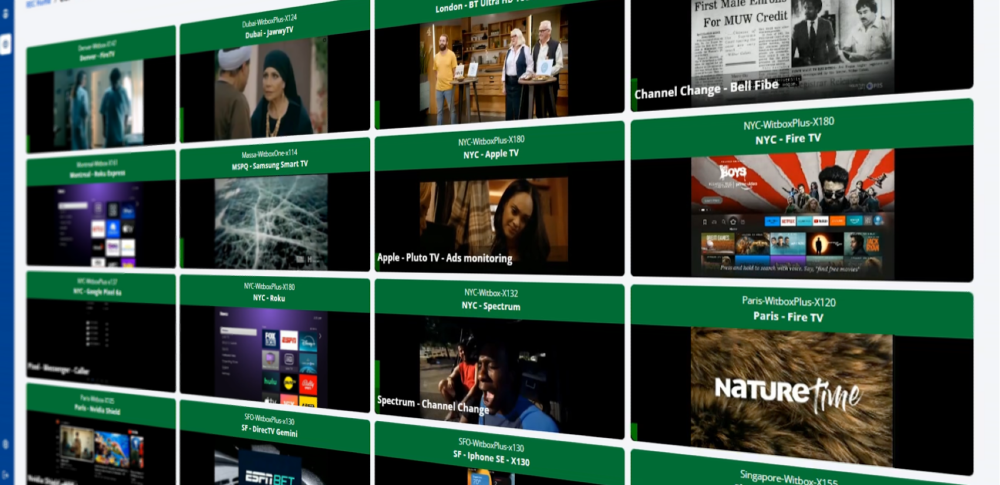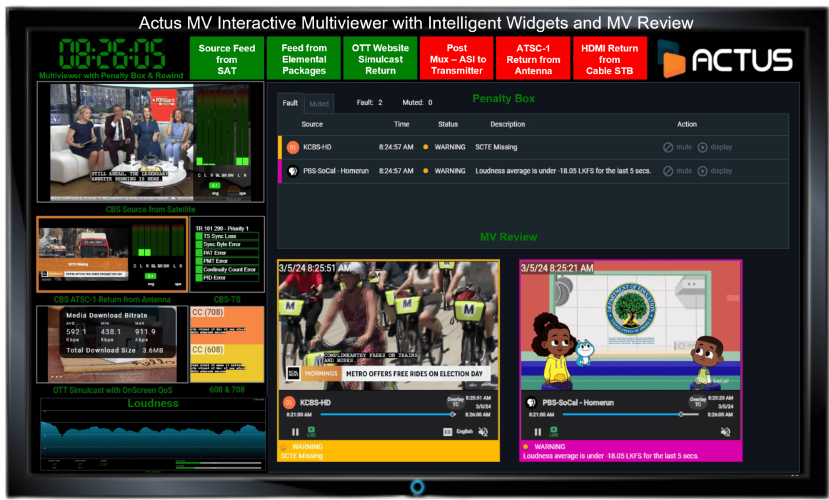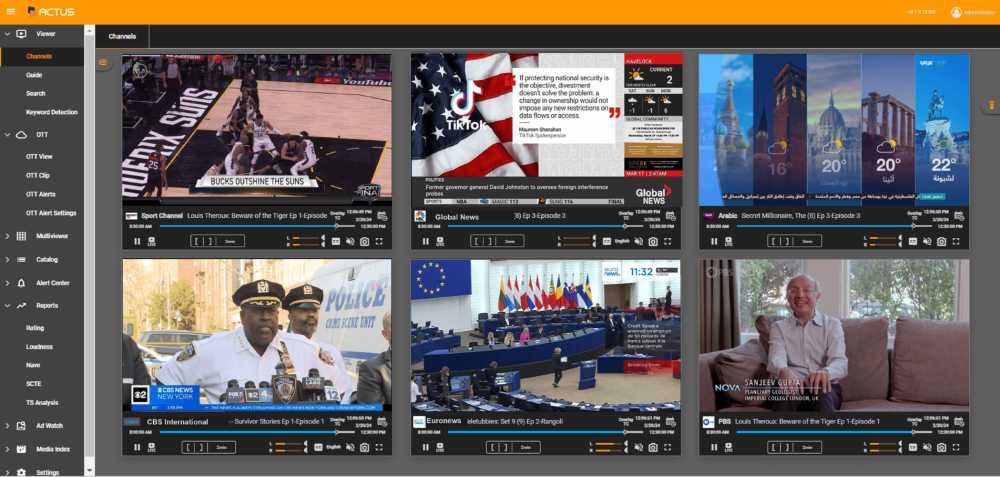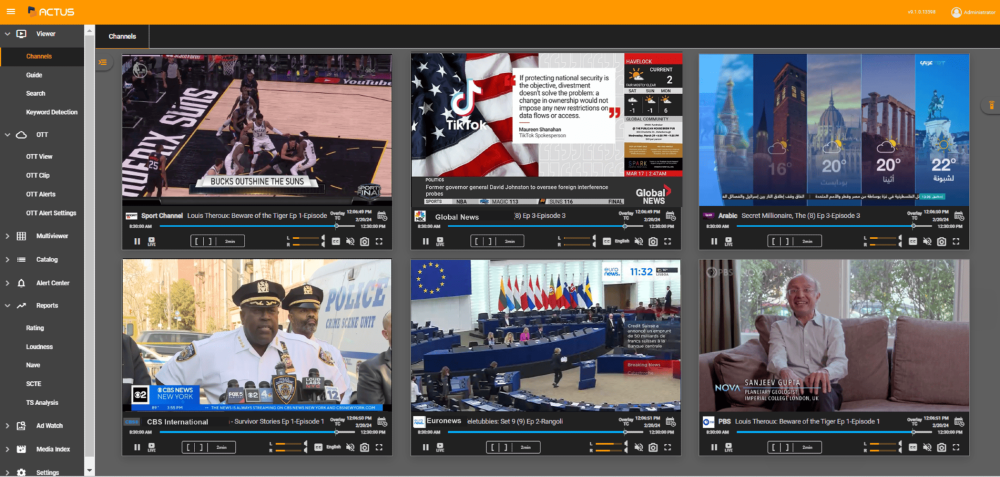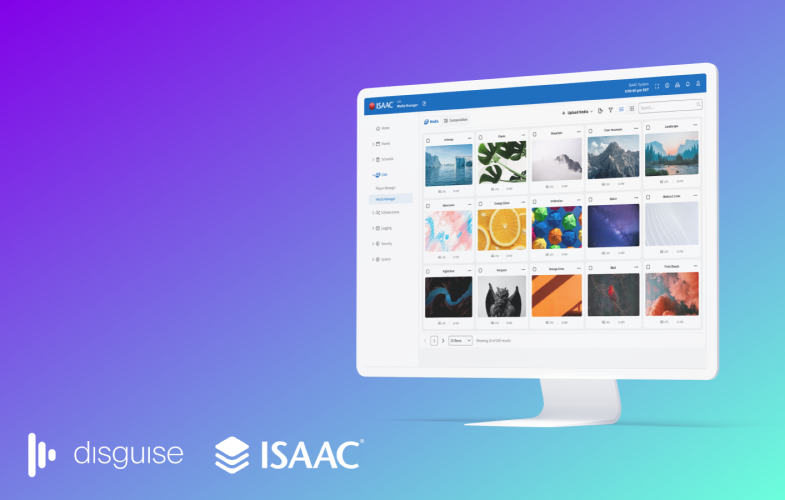Monitoring digital TV signal quality

Author: Bob Pank#
Published 1st March 2011
The new R&S®DVMS1 and R&S®DVMS4 DTV monitoring systems keep track of the quality of digital TV signals – they detect all relevant errors at the RF and transport stream levels. They provide parallel monitoring of up to four signals and carry out in-depth signal analysis. These capabilities combine with an ultra-compact size of just one height unit and an attractive price, which makes the systems unique on the market.
Adaptable to numerous applications
The R&S®DVMS1 and R&S®DVMS4 DTV monitoring systems (FIG 1) can be equipped as required with signal inputs and with measurement and analysis functions. Receiver modules for DVB-T/-H and DVB-S/-S2 are available. At the transport stream (TS) level, the systems monitor and analyze DVB, ATSC and ISDB-T/-TB specific characteristic.
The R&S®DVMS4 has four TS interfaces and can accommodate four RF modules. The system can monitor the RF and transport stream characteristics of up to four signals simultaneously. The signal inputs can be connected to the four monitoring units as required via the graphical user interface (GUI). Extensive signal analysis can be performed simultaneously with signal monitoring. This makes the R&S®DVMS4 ideal for monitoring multiple transmitters installed at one site, and/or monitoring signals fed in via satellite, as well as for use at headends.
The R&S®DVMS1 offers space for one RF module. Simultaneously with the RF signal, it can monitor one TS signal, which is applied via a separate connector on the RF module (FIGs 2 and 3). This makes the system a good choice for applications requiring the simultaneous monitoring of the TS signal fed to and the RF signal emitted by the transmitter in single-transmitter broadcast stations.
All relevant errors are detected immediately
The R&S®DVMS1 and the R&S®DVMS4 monitor more than 100 characteristics of each signal continuously. Monitored RF characteristics include, for example, the level, frequency offset, MER and BER. The transport stream characteristics are verified in accordance with TR 101290 (priorities 1, 2 and 3). Characteristics relating to program services are also monitored, for example the data rate of each PID, the availability of EIT tables / EPG data, the names of the individual services, as well as the availability of auxiliary services such as subtitles, teletext or additional audio signals. For each monitored signal, detailed information about the transport stream configuration and its characteristics can be stored in the system in the form of a template.
FIG 1 The R&S®DVMS1 and R&S®DVMS4 DTV monitoring systems can be equipped with signal inputs as well as measurement and analysis functions to meet user requirements.
The systems log any deviations from defined limits or templates, display them on the GUI with colored symbols, and, if necessary, report them to a central station via SNMP traps. This makes it possible to immediately identify signal failures and faults and take remedial action quickly so that downtimes can be kept to a minimum.
Simultaneous signal analysis and visualization
Additional analysis and viewing functions provide a good overview of the broadcast contents and enable detailed signal analysis to identify errors, for example. The thumbnail view displays all the programs carried in a transport stream in the form of small decoded images together with additional information (FIG 4). For the EPG view, the data of all EIT tables (actual and other) contained in a transport stream is processed to yield a tabular EPG representation. Details about individual broadcasts can be displayed by clicking the table cell of interest. This representation makes it easy to check EPG content, completeness and consistency. Moreover, the R&S®DVMS systems determine data rates, table repetition rates and PCR characteristics, and verify compliance with buffering requirements for video and audio elementary streams. They even perform complete, in-depth analysis of data carousels and object carousels.
Simple and straightforward operation and configuration.
All settings are made in three windows with separate content which are accessed via buttons at the top right of the GUI (FIG 5). The monitoring configuration window is used to make all settings relevant to monitoring. This includes the definition of limits and templates, the classification of measurements, and the deactivation of individual measurements where necessary. The input configuration window is used to make all signal-input-specific settings. This includes, for example, the input signal frequency and the monitoring configuration to be used for the selected input. The remaining settings are made in the instrument configuration window. These include, for example, the IP address, SNMP characteristics, authorization levels of individual instrument users and display options. The clear structure of the GUI and fast access to the various settings help to simplify operation and minimize the time needed to start working with the instrument. The signal input and individual TS elements are selected with a mouseclick from the left-hand section in the GUI. The different measurement views are accessed via the view selector (FIG 6). Each view is categorized, labeled and marked with an icon for quick and easy access.
Comprehensive overview even with many monitoring points.
The instruments of the R&S®DVMS family have a powerful SNMP interface for easy integration into centralized network management software. For broadcast applications, Rohde&Schwarz offers the R&S®TS4570 broadcast network monitoring and control software. Any instruments with an SNMP interface can be integrated. Functions are implemented as required for the specific application – by the user or by Rohde&Schwarz.
If only instruments from the R&S®DVM or R&S®DVMS families need to be combined in one view, the R&S®DTV monitoring manager software is a good choice (FIG 7). The software provides a centralized display of the monitoring results from all instruments deployed. The GUI of any desired instrument can easily be accessed by clicking the corresponding icon. To integrate the measuring instruments into the software, only their IP address must be known. No other settings or SNMP knowledge are required.
Summary and future developments.
The R&S®DVMS1 and R&S®DVMS4 DTV monitoring systems represent new developments, and their combined features are unrivaled in the market. They enable simultaneous monitoring of the quality of up to four digital TV signals at an attractive price. They detect all relevant errors at the RF and transport stream levels and occupy only one height unit of space. Detailed analysis functions allow in-depth signal analysis in parallel with signal monitoring. At the transport stream level, the instruments support the monitoring and analysis of DVB, ATSC and ISDB-T/-TB specific characteristics. Interfaces are currently available for DVB-T/-H and DVB-S/-S2 and are under development for DVB-T2 and Gigabit Ethernet IP.







